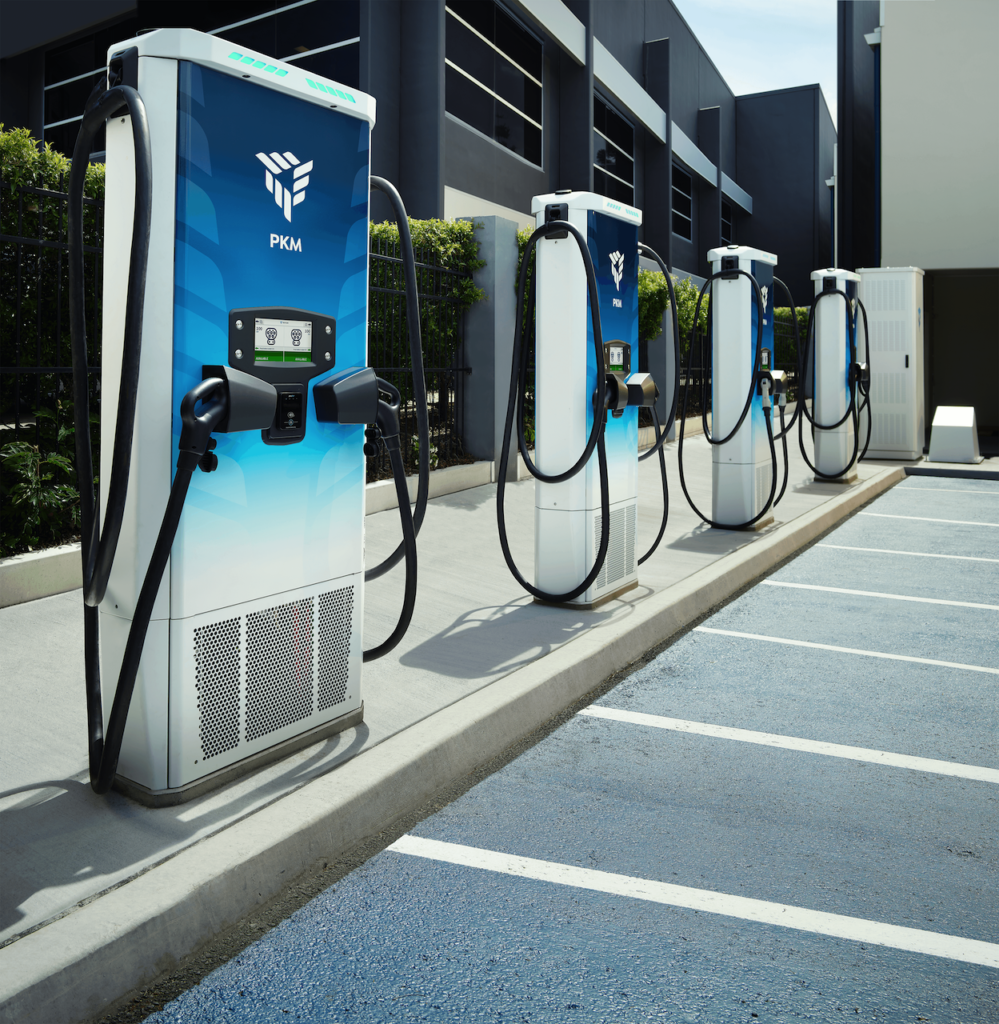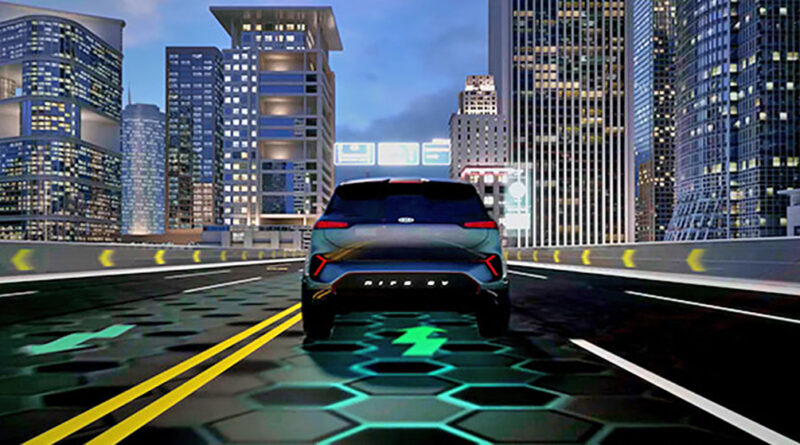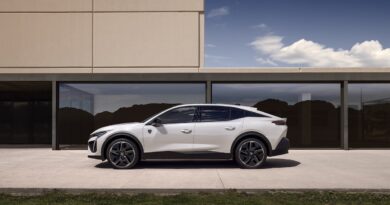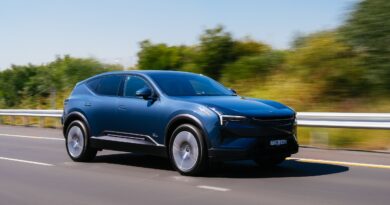2035 Canberra ICE ban an important step, but a drop in the EV ocean
Look, I could count the reasons that I’m proud to have grown up in Canberra on one hand, but only if I cut both my arms off first. And yet I must admit I felt a twinge of something adjacent to admiration for our capital, a country town that’s always willing to go for woke, this week when it announced that new fossil fuel-powered vehicles would be banned in the ACT from 2035.
It did also occur to me that this is a bit like me personally pledging to buy only electric vehicles from this day forth. Obviously, my millions of fans would think I was even more of a good bloke, but unless all the people around me decided to follow my lead with similar promises, it would be a bit like me removing a cup of water from the ocean and drinking it, because I’m worried about sea levels rising.
READ MORE: EVs no more expensive than petrol cars: ACT Government
Yes, it is admirable that the ACT is the first Australian jurisdiction to announce plans to phase out internal-combustion engines, and that it is following the lead of the EU, which plans to do the same thing by the same year. The ACT was also the first to have a public hydrogen refuelling station.
But Energy and Emissions Reduction Minister Shane Rattenbury somewhat understated the case when he told The Canberra Times that “the ACT would need to work closely with the other states and territories, with a particular focus on Victoria and NSW”.
No shit, Shane, because here’s the problem: You’re a little bit surrounded by NSW, and, having lived in Canberra, I know that if you wanted to visit the Premier State and, say, buy a car, it would take you less than half an hour to do so.
And that you could then probably find a way to turn that into a second-hand, ICE vehicle without breaking the laws that haven’t actually been outlined yet to police this whole plan.
I’m not saying that the ACT Government isn’t doing the right thing, nor that its goal of having between 80 and 90 percent of new vehicle sales in 2030 being zero-emission models isn’t worthy, quite the opposite. But what it needs to do is get NSW on board, to give the idea actual teeth, momentum and, most importantly, scale.
Rattenbury reckons there could be up to 42,000 electric vehicles on ACT roads by 2030, which is both ambitious and yet… not that many, in a country that regularly buys more than 1 million new cars a year and has about 20 million on the road.
And while it sounds impressive that the ACT leads the country on uptake, with the sale of EVs tripling there in 2021, that still added up to Canberra drivers purchasing 825 electric vehicles that year (still, that’s 5 percent of all cars purchased in the ACT; the rest of the country is averaging 2 percent).
Canberra might have a deluded view of its importance in the country, and the world (hilariously, Mr Rattenbury said global manufacturers would supply vehicles to places that had ambitious targets, which meant the ACT needed to signal to the world it was ready to transition from fossil-fuel transport – I can see Nissan changing its plans for the Ariya’s global rollout based on selling 20 of them to Canberrans…), but that doesn’t mean it’s not doing the right thing, nor sending the right virtue signals.

It’s a start, and a good one, for our previously backwards-facing, head-in-the-oil-shale-sands country, but while Mr Rattenbury is busily working out how he’s going to fund, and build, the 500 vehicle charging stations he admits the ACT will need (it’s got barely 20 at present), it would be good if he could also find some time for the more important business of getting in the ear of every other State and Territory leader, and pointing out, firmly, why they should follow his lead.
A word or two with the Federal Government wouldn’t be out of place, either.
Tell them all it’s time to act more like the ACT. Go on, make me proud.




